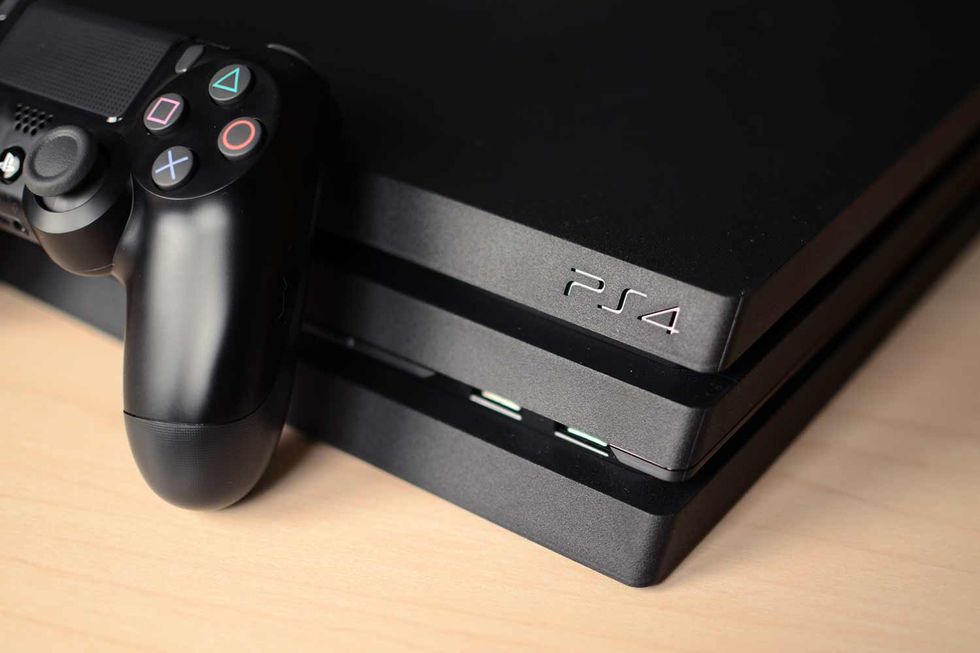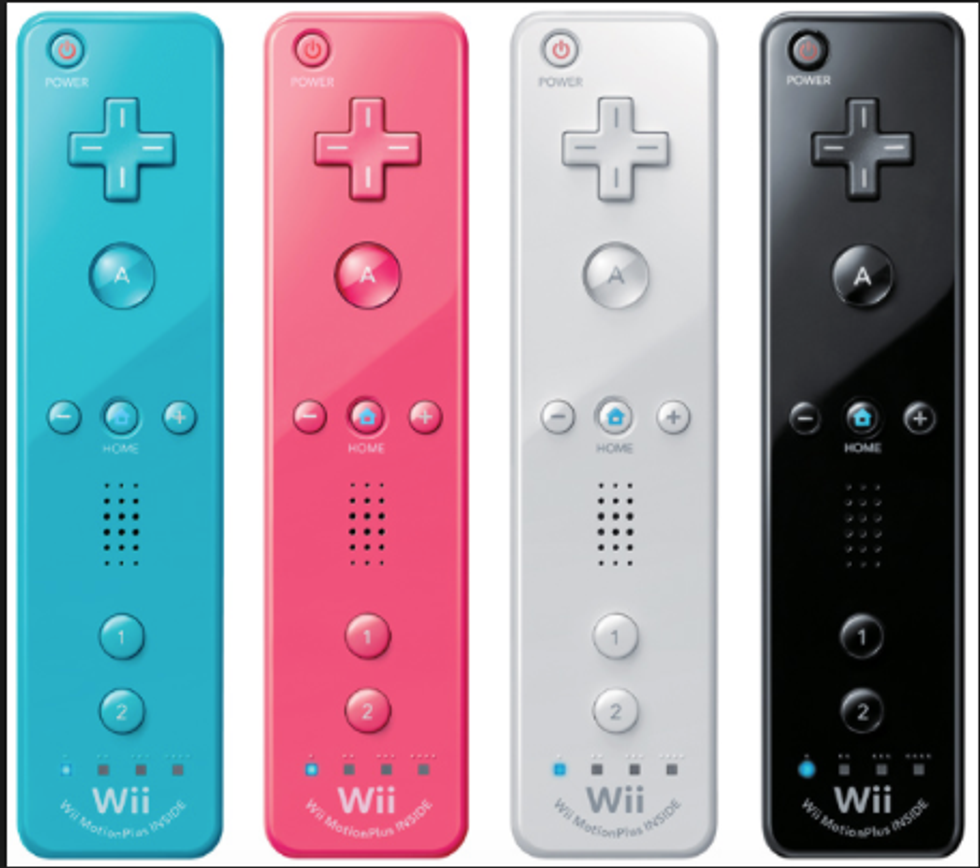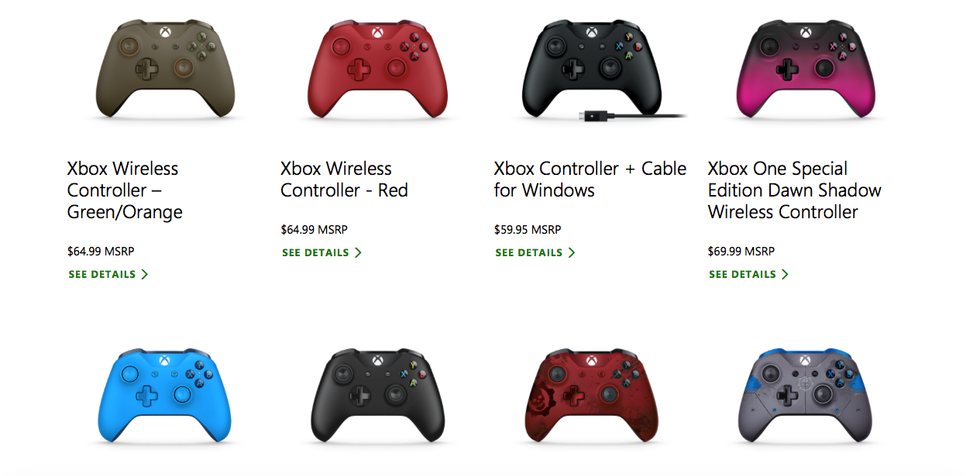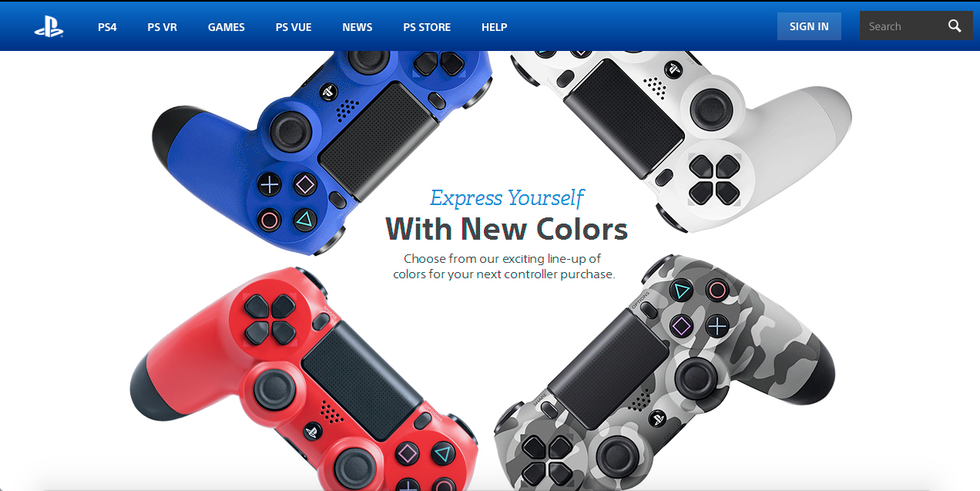Dear Playstation,
You were my first video game console. I have vivid memories of watching my brother play Ratchet and Clank on the Playstation 2, and I remember being so hype about the release of Skyrim in 2011. I even helped my mom hide our new Playstation 4 in the refrigerator (yes, the refrigerator) to surprise my brother at Christmas.
With memories like these, you have always been very near and dear to my heart. Long before I even knew what consumer loyalty was, I begged my parents for every new console and game that came from Playstation. I have never wavered in my stance that Playstation is superior to other consoles — until now.
You see, recently my parents got me my very own Playstation 4. I’ve been living without my beloved favorites, like Dragon Age: Inquisition and The Last of Us Remastered, on and off for about two years now, since my brother took the PS4 and our games to college. My mom knew this, so — with my brother’s help — she picked out a console and some games for me as a much-appreciated graduation gift.
Last week I was doing some online shopping for a new controller to take with me to college. My reasoning was simple: I wanted a color other than the standard black Dualshock 4 so that my controller wouldn’t be confused with someone else’s.
As I was browsing the color options, which range from “Magma Red” to “Urban Camouflage,” I suddenly realized what I really wanted: a pink controller.
I didn’t think this was an outrageous request, since Nintendo and Microsoft both sell some variation of official pink Wiimotes and Xbox controllers (see below). But you, Playstation, don’t have a pink controller for sale. You don’t even have a teal controller, which was my second choice — even though, again, both of your biggest rivals in the console gaming industry do.
Because neither of my top two choices checked out, I explored some websites that allow you to order a custom-made controller. Sure enough, I could order pink — but at a whopping $100 plus shipping, as opposed to the standard $60 controller sold on your website and in stores. That’s a $40 increase, which, for a soon-to-be college kid, is a heck of a difference for a simple change of color.
So tell me, Playstation: why is it that your rivals Nintendo and Microsoft sell pink and teal controllers at a standard price, but the best you can do for me is a $40 up-charge? The above ad from your website claims that your lineup of DS4 controller colors allow for self-expression, but when the only colors featured in the ad are white, blue, red, and gray camouflage, it seems that this self-expression isn’t meant for everyone — or maybe I should say every gender.
Listen, Playstation. I’m not writing this to criticize you. I’m writing this to warn you that you’re falling behind. Inclusivity is on the rise. Not just gender inclusivity, but race and sexual orientation inclusivity, as well. Don’t believe me? Explain Wonder Woman’s overwhelming success in the box office, or the fact that Doctor Who just cast a woman in its leading role. And this trend isn’t exclusive just to movies and TV. Some of this year and last year’s biggest gaming hits featured both strong men and strong women with varied orientations and race — just look at the success of games like Overwatch and, my personal favorite, Legend of Zelda: Breath of the Wild, which made huge Zelda fans out of prior nonbelievers. Now that’s some strong self expression.
But let’s be realistic, Playstation. I’m not asking you to plan PS4 exclusives with strong female protagonists, or even to design realistically-proportioned women in your open-world RPG’s. I know that’s too much to ask of the “male-dominated” gaming community. (Which, by the way, is hardly true. This study from The Washington Post shows that of America’s 190 million gamers, 48% are women and 52% are men.) Literally all I’m asking for is a bit more variety in your controller colors. I shouldn’t have to pay 40 extra smackeroos just so that I can “express myself,” too.
Xbox and Nintendo have at least got this figured out. Now it’s your turn.
Sincerely,
1 of the 92 million “gamer girls” you might want to start marketing to.
























